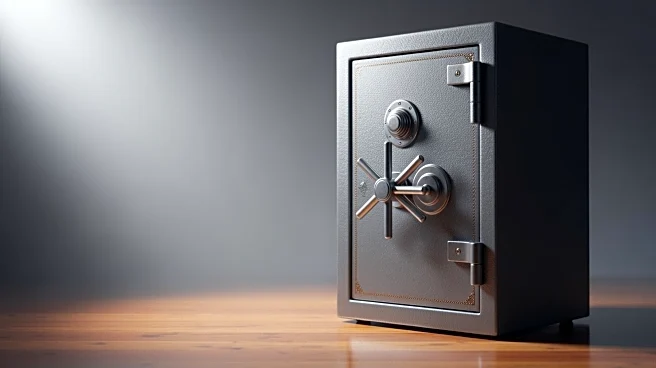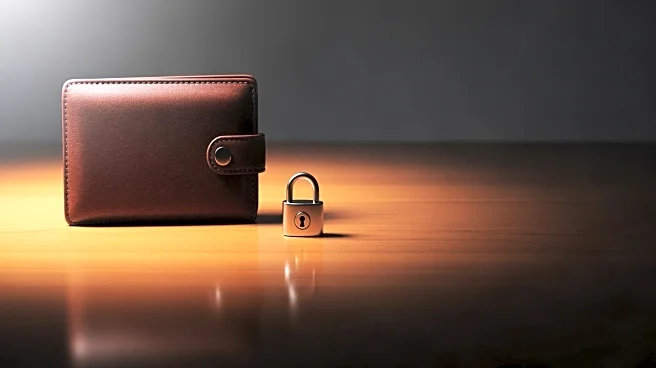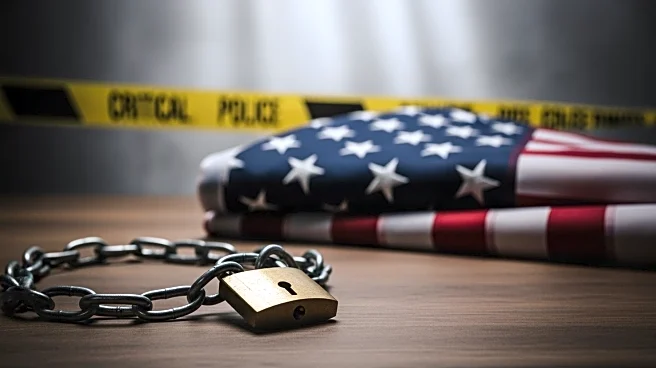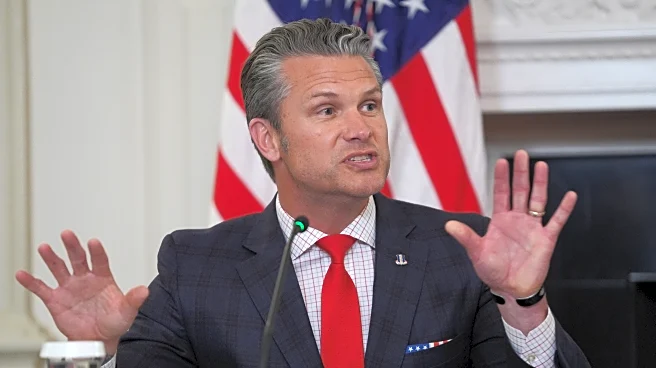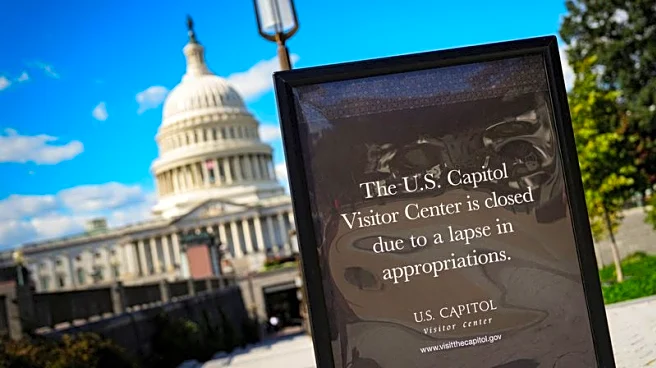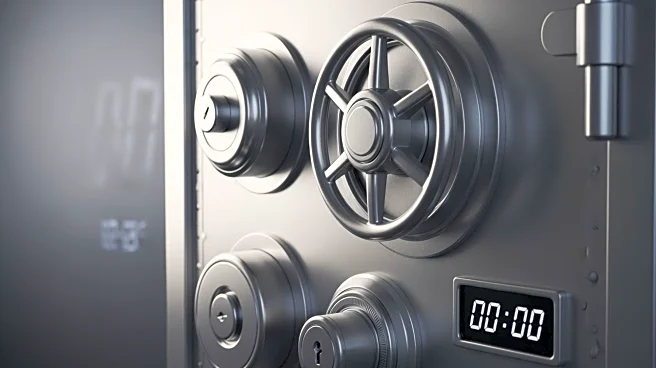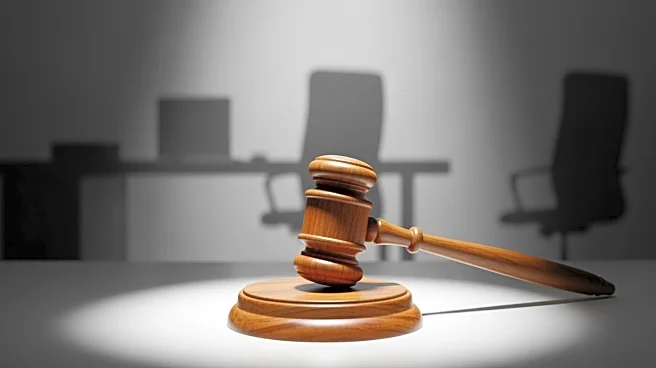What's Happening?
A recent report by PensionBee highlights a significant issue with Safe Harbor IRAs, which are accounts intended to temporarily hold small 401(k) balances. The report, using data from the Employee Research
Benefit Institute, projects that by 2030, approximately 13 million accounts worth $43 billion will remain idle in these IRAs, leading to substantial losses in retirement savings due to high fees and low returns. Under federal law, when employees leave behind small 401(k) balances, typically under $7,000, employers can transfer these funds into Safe Harbor IRAs if no action is taken by the employee. However, many workers are unaware of these accounts, with only 20% of respondents indicating that their employer clearly explained their options upon leaving a job.
Why It's Important?
The proliferation of Safe Harbor IRAs poses a significant threat to the retirement security of millions of Americans. These accounts, often parked in low-yield investments, fail to keep pace with inflation, eroding the value of savings over time. The report suggests that the average worker could face a lifetime shortfall exceeding $90,000 if multiple small accounts are left in these IRAs. This issue underscores the need for greater transparency and education regarding retirement savings options, as well as potential regulatory reforms to protect workers' financial futures.
What's Next?
PensionBee has called for legislative and regulatory changes to address the issues with Safe Harbor IRAs. Recommendations include capping fees, mandating growth-focused investments, and standardizing the transfer process between retirement plans to enhance portability. These measures aim to prevent the erosion of retirement savings and ensure that small balances do not incur disproportionately high costs. As awareness of this issue grows, there may be increased pressure on Congress and regulatory bodies to implement these changes.


